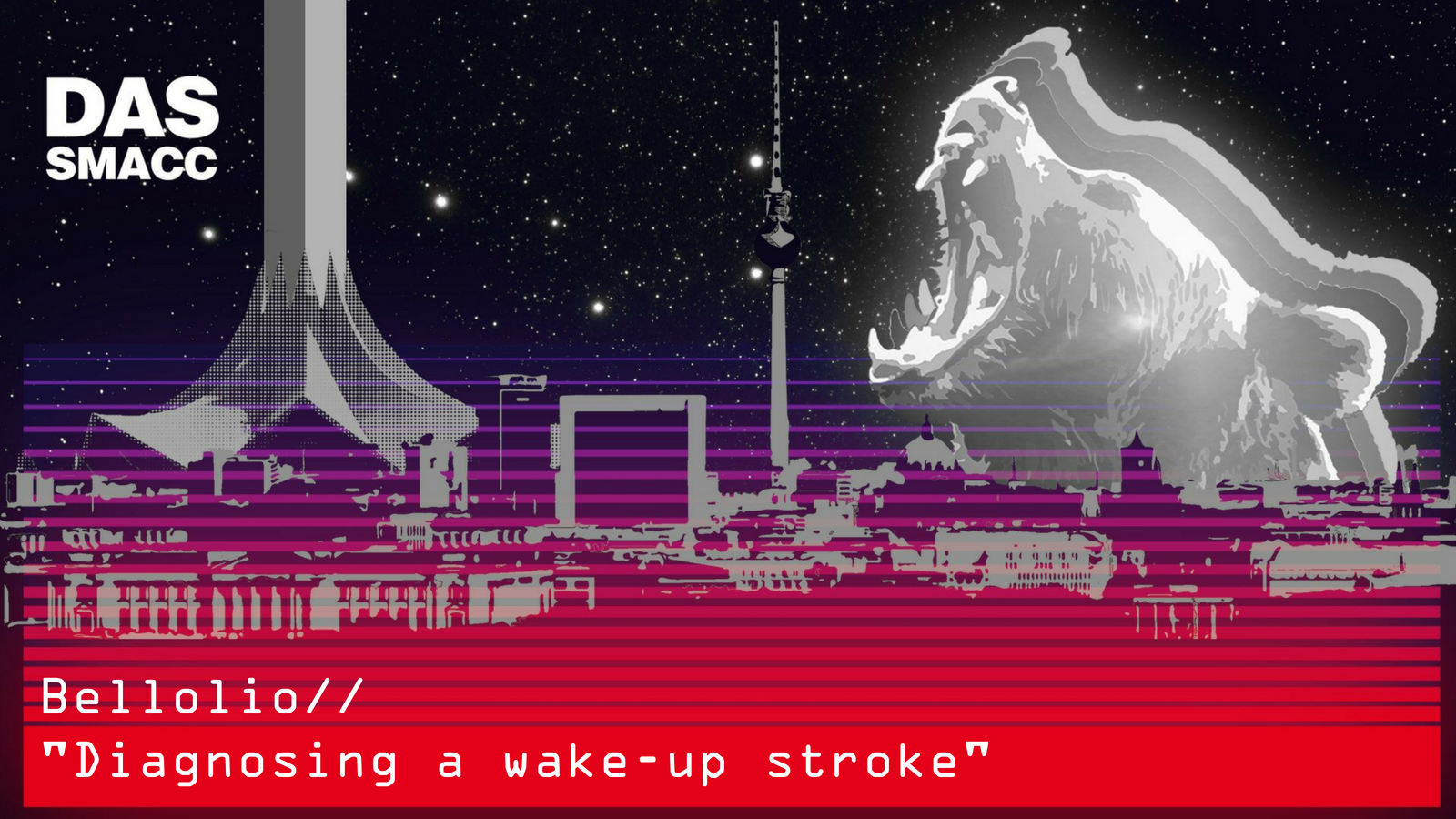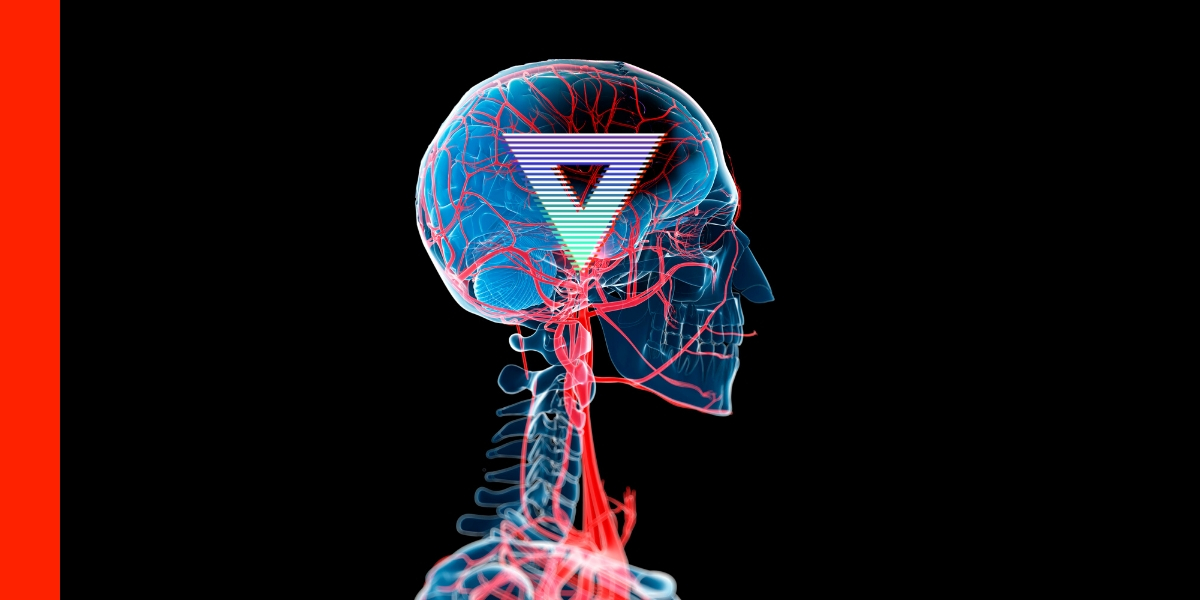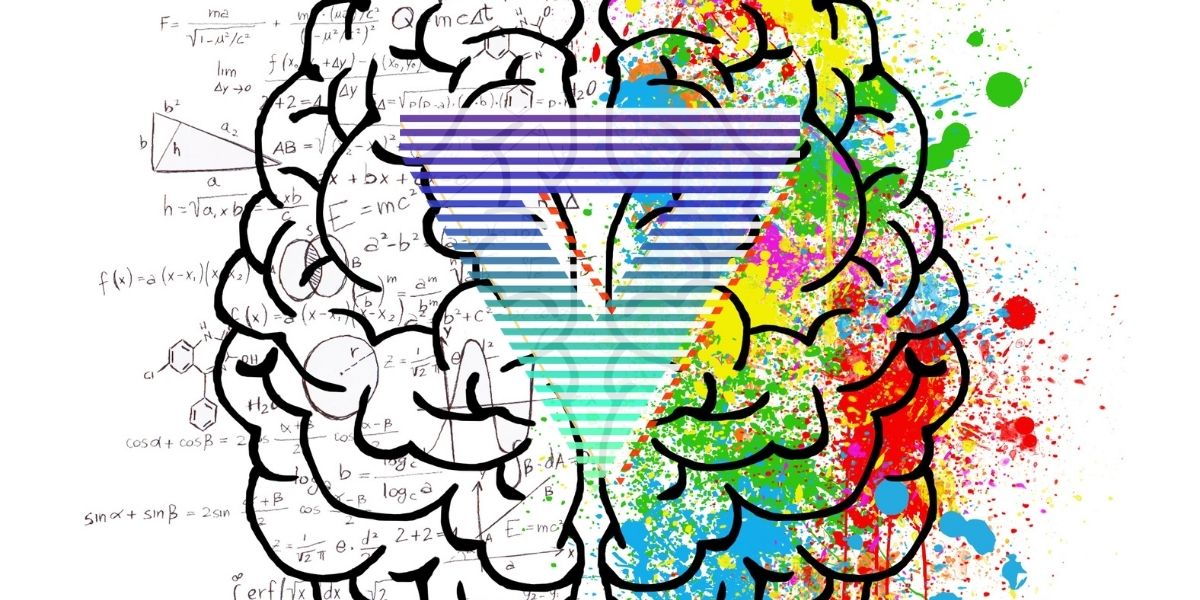In this quick, five minute talk, Brandon updates us on Sinus Venous Thrombosis. This includes what it is, what it looks like and how to diagnose it.
Brandon starts with a case – a 37-year-old woman, who is 8 weeks pregnant, presents with what she describes as the worst headache of her life.
She has a history of migraines, so this is Brandon’s first thought and possible initial diagnosis. But… it turns out to be more than just a migraine…
Brandon explains that what we should be looking for here is venous sinus thrombosis.
This is characterised by a sub-acute onset of a headache and risk factors. In this case, hormonal changes which are related to her pregnancy, making her at higher risk.
The key takeaway? A headache with risk factors (in particular anything that will cause a Hypercoagulable state) plus or minus seizures, usually means we should be looking for this condition.
Brandon suggests that we need to be suspicious of this condition and that we need to look for it. Even if it isn’t obvious at first.
Next, Brandon takes us through a second case which tells us that bilateral stroke usually means venous sinus thrombosis, until proven otherwise.
From DAS SMACC, tune in to an interesting and quick update by Brandon Foreman on how to identify and diagnose this condition.
For more, head to our podcast page. #CodaPodcast
Brandon Foreman
Brandon Foreman, MD FACNS is Assistant Professor of Neurology & Rehabilitation Medicine and Neurosurgery at the University of Cincinnati and serves as Associate Director for Neurocritical Care Research with the Division of Neurocritical Care. Dr. Foreman is a member of several multi-center collaboratives, including the Critical Care EEG Monitoring Research Consortium (CCEMRC) and the Co-Operative Spreading Brain Injury Depolarizations consortium (COSBID), and he has specific expertise in continuous EEG monitoring and in detecting seizures and spreading depolarizations after brain injury. He is a co-founder of the Collaborative for Research on Acute Brain Injuries (CRANI; @UC_CRANI), a translational neuroscience research community at the University of Cincinnati that links translational, clinical, and data scientists. Through CRANI, he works closely with the College of Engineering and Applied Sciences and the Center for Intelligent Maintenance Systems at the University of Cincinnati and with partners at the University of Arizona and Boston University to develop machine learning and network connectivity approaches to understanding brain injury physiology. Dr. Foreman’s research focuses on precision critical care, with a specific interest in the recording and interpretation of cortical physiology, pressure, flow, and synaptic signaling and how this can be integrated with clinical data at the bedside in order to guide care at the patient level.





